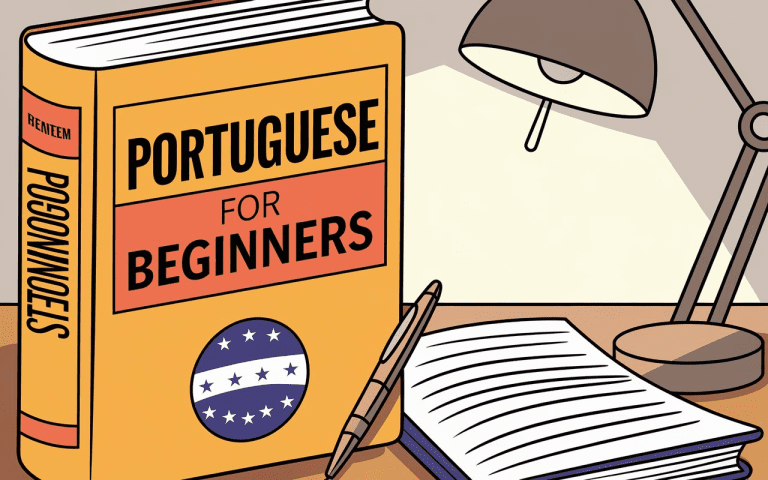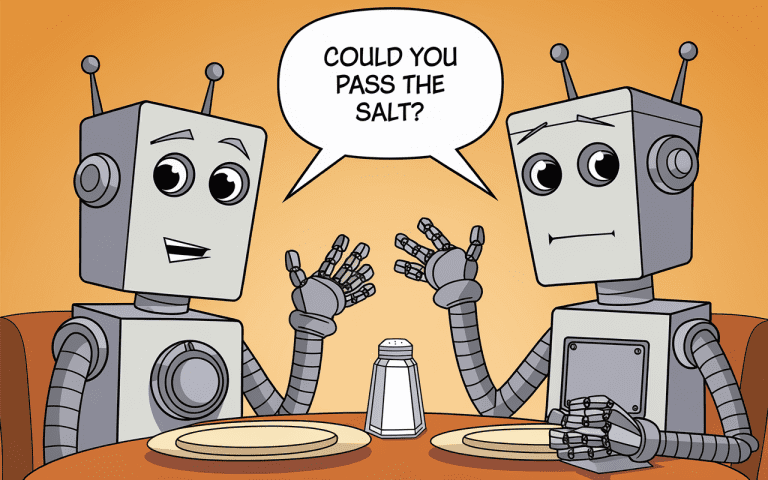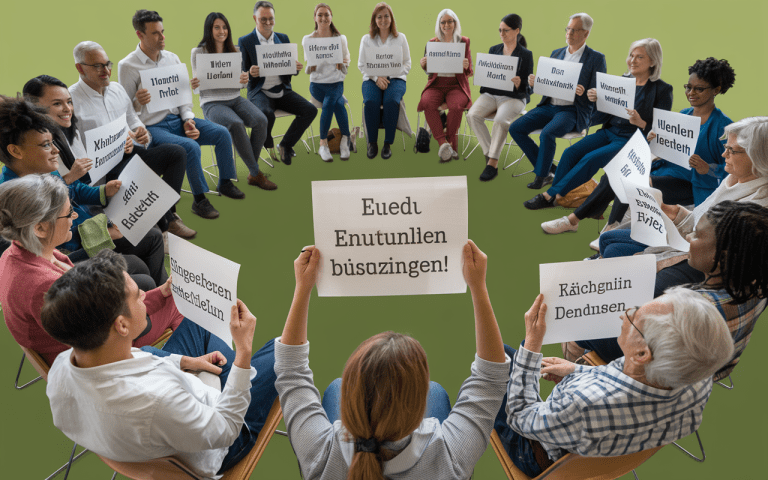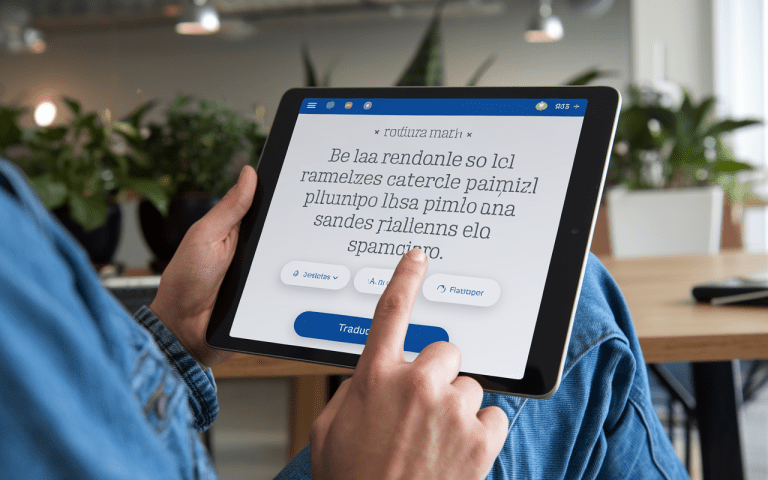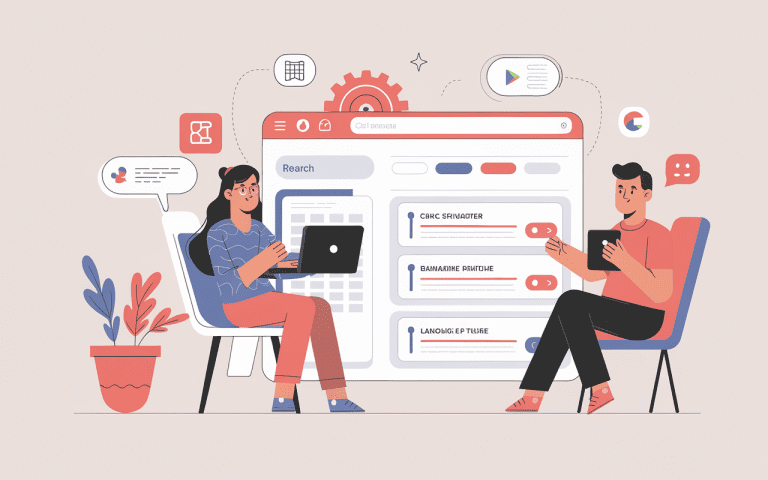German to English: Easy Language Translation
I’ve traveled the world and faced the challenge of speaking different languages. I’ve seen how good translation can change our global connections. It’s not just useful; it’s key for understanding and working together across cultures.
We’re living in a time when translating German to English is easier and faster than ever. New machine translation tech and multilingual AI have made it simple. What was once hard is now easy and empowering.

Key Takeaways
- German belongs to the Indo-European family, with 76 million speakers mostly in Germany.
- English shares these language roots and has 379 million speakers worldwide, centered in the UK.
- Both German and English share linguistic similarities, making translation between the two more accessible.
- Translation tools now work with all kinds of files and texts.
- New AI translation tools and language technology make it easier than ever to communicate across different languages.
The Importance of Cross-Language Communication
Effective cross-language communication is key to connecting the world. It helps us understand and work together across cultures. With the help of technology, like machine translation, we can now talk to people from all over the world.
Breaking Down Language and Culture Gaps
In the last 20 years, Language teachers now understand that language is more than just words – it shapes who we are. Modern language classes spend time exploring both the language itself and the culture behind it.
Global Connectivity in the Modern World
The course ICOM 100 is a key part of the Bachelor of Applied Arts and Sciences degree. It teaches students how to communicate well across cultures. Students learn to see things from different perspectives, which is crucial for working together globally.
Mistakes in communication can really hurt when working with people from other countries. For example, a Chevrolet Nova ad failed in Latin America because of a bad translation. This shows how important it is to get translations right.
Executives from the U.S. need to know about cultural norms when they travel. In Japan, it’s seen as rude to point directly. Bad translations in ads can cause big problems, like the “Got Milk?” campaign in Latin America.
Watching international shows and films in their original language helps us understand different cultures. Talking to people from other countries can also give us insights into their experiences with culture shock.
Understanding German and English Language Families
German and English come from the same language family, the Indo-European. This connection helps translators understand their similarities and differences. It makes translating between them easier.
Indo-European Origins and Linguistic Similarities
German and English are related languages from the Indo-European family. German has about 76 million speakers, mostly in Germany, while English has 379 million speakers worldwide, with its main hub in the UK.
| Linguistic Similarities | Shared Vocabulary |
|---|---|
|
|
These similarities make translating and learning German and English easier. They help people understand each other better across cultures.
German to English: Machine Translation Advancements
The field of machine translation has seen big improvements lately. Tools like Translate.com use advanced language models and AI for fast, accurate German-to-English translations. This makes talking across languages easier and faster.
Neural Machine Translation (NMT) systems like Google Translate and DeepL Translator are key for translators. They use AI to give translations that sound natural and fit the context. This helps bridge the gap between German and English.
ChatGPT, the new AI chatbot, is becoming a big help for translators. It’s easy to use and can handle big translation jobs. But, some translators worry that AI and automation might threaten their jobs.
| Technology | Key Features | Adoption Trends |
|---|---|---|
| Google Translate | Uses BERT, a model that makes translations smoother and more accurate | Popular for quick translations on the go |
| BiRead | Provides bilingual display and custom settings for various languages and platforms | Gaining popularity among international students and professionals |
| Microsoft Translator | Can translate live from camera and adapt to specific needs | Used in many Microsoft products for big translation jobs |
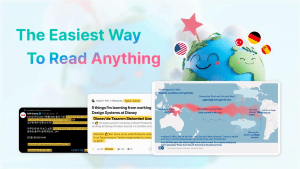
Machine translation has made great strides, but there are still hurdles. Large language models often favor languages like English and Spanish. This can make translations less accurate and less culturally relevant. Also, AI like ChatGPT has trouble with languages that use non-Latin alphabets, like Korean.
Working together, researchers, linguists, and AI experts are key to improving translation models. As the translation world keeps growing, businesses and people can enjoy better communication and service thanks to these advancements.
Natural Language Processing: The Backbone of Translation
Natural language processing (NLP) is key to modern translation tech. It combines linguistic analysis and computational models. This lets machines understand and translate human language better and faster. Thanks to NLP, German-to-English translations are now more accurate and smooth.
Linguistic Analysis and Computational Modeling
NLP breaks down language, grasps its subtleties, and uses computer methods for precise translations. Large Language Models (LLMs) use advanced learning and NLP to read, analyze, and create text better than before. These LLMs are vital for making content fit local cultures and languages.
Neural Machine Translation (NMT) is known for its accurate and natural translations. It ensures a smooth user experience. NMT is great at dealing with tricky contexts, keeping information intact and making translations flow well.
| Feature | NMT | LLMs |
|---|---|---|
| Translation Accuracy | High | Very High |
| Contextual Understanding | Excellent | Superior |
| Fluency and Naturalness | Highly Natural | Extremely Natural |
| Language Versatility | Specializes in select languages | Handles diverse languages with ease |
Choosing between NMT and LLM depends on the content type, language variety, and the need for smooth and true translations.
The field of natural language processing keeps growing. It’s driven by new machine learning and deep learning methods. From the 1990s’ statistical methods to today’s transformer-based models, NLP is changing how we talk across languages and cultures.

Multilingual AI: Revolutionizing Language Translation
Multilingual AI has changed language translation forever. It can handle many languages at once. This means fast, accurate translations that help people understand each other better.
Biread is a top choice for many languages. It uses advanced tech to translate quickly and accurately. This saves time and makes sure translations are just right. Biread provides bilingual display and custom settings for various languages and platforms. BiRead’s bilingual display lets you read content with side-by-side translations, so you never lose context when switching from German to English.
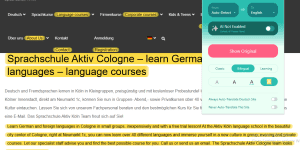
Using Biread saves a lot of time. It helps people all over the world. This is key for success in today’s global market.
Biread is great for live chats. It translates instantly, perfect for customer service and meetings. This makes communication smooth and clear.
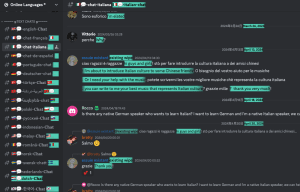
AI helps make content creation faster and cheaper. It also makes sure translations are top-notch. This means better quality and faster work.
Translation Software: Empowering Seamless Communication
Translation software has changed how we talk across languages. Tools like LanguageWire Translate make it easy to use and translate in real time. This helps people and businesses work together, no matter the language.
Streamlining Global Collaboration
LanguageWire Translate uses advanced AI for top-notch translations. It also keeps your data safe with strict security measures. This makes it a reliable choice for companies that value their data.
The software is easy to use and translates in real time. This makes talking and working together in many languages smooth. It also has tools for teamwork and managing words, making global work easier.
| Key Features | Benefits |
|---|---|
| Document translation | 45% growth in staffing with 0% spend increase |
| Automatic formatting | 22.5% increase in Customer Satisfaction Scores (CSAT) |
| Translation memory | 99% adoption rate across 67 airlines |
| Terminology management | 25% improvement in first response time |
| Spellcheck | 8% productivity increase |
| Collaboration tools | 60% cost reduction in operations |
Using LanguageWire Translate’s features helps companies work better globally. It boosts productivity and makes customers happier. All this is done while keeping data safe and private.

Enhancing Accuracy and Contextual Understanding
The field of language translation is seeing big improvements. This is thanks to new research and tech like advanced analysis and machine learning. These tools help make German-to-English translations more precise and effective.
One big challenge in translation is getting the context right. Without it, translations can be confusing or even wrong. To fix this, new tech is helping translators and users understand the context better.
| Contextual Understanding Challenges | Benefits of Contextual Translations |
|---|---|
|
|
Using tools that give visual, linguistic, and situational context helps a lot. Visual context makes translations faster and cheaper. Linguistic context helps teams agree on details. Situational context makes messages more relatable to customers.
Starting a translation project with a clear context plan saves time and money. It leads to translations that are more accurate and relevant to the audience.
Conclusion
The journey of German-to-English translation has seen big changes thanks to new tech. Machine translation, natural language processing, and multilingual AI have changed how we talk across languages. These advancements have made global connections, cultural sharing, and teamwork easier.
As we move forward, the future of translating German to English looks bright. We can expect even better accuracy and ease in talking across languages.
Today, being able to translate between German and English is key in our connected world. New translation tools and methods are making it easier to get past language and cultural differences. This is opening up new ways for understanding and working together worldwide.
Looking to the future, this journey’s end is just the start of new chances. Language is now a bridge, not a wall, between people, ideas, and cultures. The translation world has grown, and the future is full of new ways to communicate easily, work together globally, and make progress in many areas.
FAQ
What is the importance of cross-language communication?
Cross-language communication is key to connecting cultures and languages. It helps us work together globally. As the world gets closer, speaking different languages is more important than ever.
What are the similarities between the German and English language families?
German and English come from the same language family. They share roots and similarities. This makes translating between them easier.
How have advancements in machine translation improved German-to-English translation?
Machine translation has gotten much better lately. Tools like Translate.com use AI to translate German to English quickly and accurately. This makes talking across languages easier.
What is the role of natural language processing in language translation?
Natural language processing (NLP) is crucial for translation tech. It helps machines understand and translate human language better. This is thanks to combining language analysis and computer models.
How have multilingual AI systems impacted language translation?
Multilingual AI has changed translation. AI systems can now translate many languages at once. They provide fast, accurate translations that help us communicate better.
What are the advancements in translation software?
Translation software has improved a lot. Now, it’s easy to use and translates in real-time. Tools like Translate.com make talking across languages simple, helping people and businesses work together.
How are researchers enhancing the accuracy and contextual understanding of translations?
Researchers are working hard to make translations better. They use advanced tech like machine learning and NLP. This helps translations capture the true meaning of language, making them more accurate and effective.
Source Links
- Why cross-cultural communication is important – https://lpsonline.sas.upenn.edu/features/why-cross-cultural-communication-important-and-how-practice-it-effectively
- Language Learning: Why Is Intercultural Communication Important? – https://www.middlebury.edu/language-schools/blog/language-learning-why-intercultural-communication-important
- Natural Language Processing: Comprehensive Guide from Basics to AI – https://www.rapidinnovation.io/post/natural-language-processing-from-fundamentals-to-advanced-applications
- Meta AI Translation: Revolutionizing Language Translation – https://www.machinetranslation.com/blog/meta-ai-translation
- 19 Best Translation Software Tools for Professional Use [2024] – https://www.pairaphrase.com/15-best-professional-translation-software-features/
Discover a new way to understand languages with BiRead.
Dive into bilingual reading and connect across cultures effortlessly.
Try Biread Free

